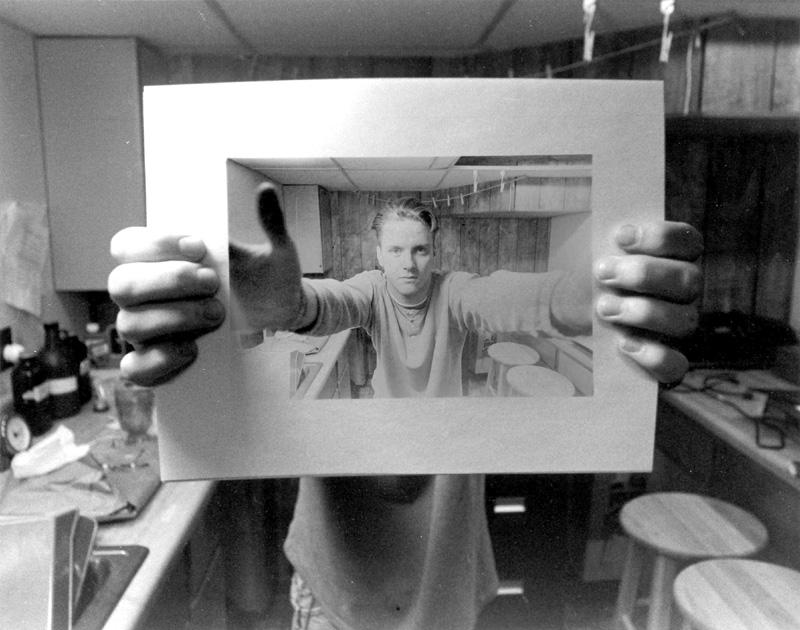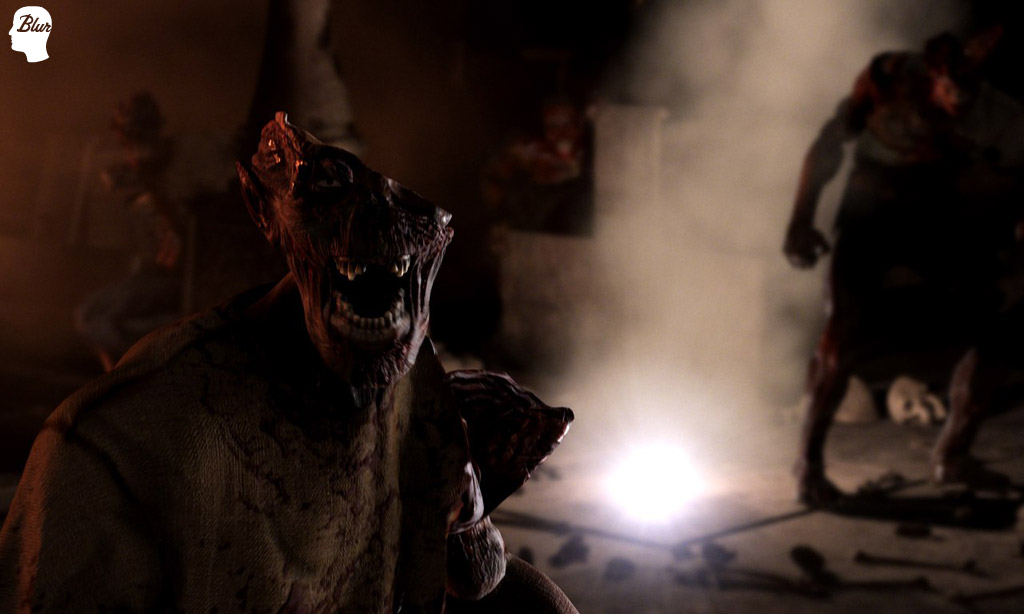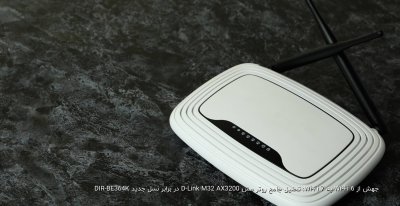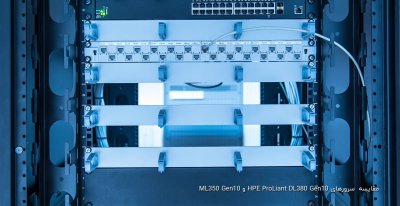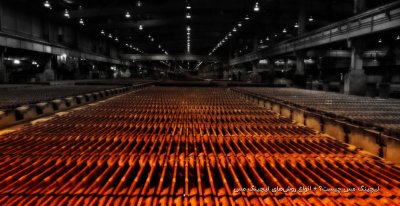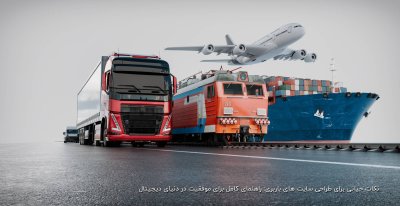Interview with Kevin Margo, CG Supervisor at BLUR Studio

“V-Ray is a supremely brilliant rendering engine with mind bending approaches to visualizing 3 dimensional form that encourages philosophic ontological discussions about the nature and observation of reality itself.”
Tell us more about BLUR studio and the latest company projects. Could you also present yourself and your role in the company in a few sentences?
About Blur
Blur Studio has been creating award-winning visual effects, animation and design, applying its creative skills across various mediums. We produce 3D character animation, motion design and visual effects for feature films and television, game cinematics & trailers, large format films, location-based entertainment, commercials and integrated media. Located in Venice, California, we combine the passion and excitement from our directors, animators, designers, concept artists, and writers with our clients into a collaborative creative approach that results in compelling visuals and storytelling. That's a nicely polished summary of what I'd call a truly unique and kick ass work environment filled with inspiring artists who bring tons of skill and heart to every project that goes through the studio. The air is thick with creative energy and it's been a blast contributing and feeding off the buzz.
About Kevin Margo
I've been at Blur almost 8 years now, and CG Supervisor for 6 of them. Recent projects I've handled include the Firefall trailer, 5 minutes of cinematics for Knights Contract, half a dozen Mass Effect 2 TV Spots, 13 minutes of cinematics and a Superbowl commercial for Dante's Inferno, a Terminator Salvation trailer, and 10+ minutes of cinematics for Xmen Origins: Wolverine.
What is the project you would like to tell us about and what exactly was your responsibility in it?
We recently completed a trailer for Firefall, a team based action shooter developed by Red 5 Studio. Their mandate was simple: "Here are the characters, aliens, and environment we want to feature…please give us a 3 minute cinematic to support our game announcement at the PAX conference. Oh and btw, we need it in 7 weeks."

From a visual standpoint my responsibility with each project is to deliver and evolve the expected blur quality. One of the benefits of the CG Sup position at blur is the opportunity to handle art direction, technical execution and experimentation with new software/tools. This led to my interest in V-Ray and championing its full integration into the blur pipeline. With Firefall, my team and I had to deliver it looking as great as possible given the extremely tight schedule. I was the first artist on the project and last off it…naturally this developed a broad master plan of execution which I was tapped for constantly. A lot of my time was spent on look development, critiquing artist progress, organization, facilitating communication, and anticipating and resolving hurdles before they impacted production. Once the scope and script was sorted out, I worked closely with all the departments from a technical and art direction standpoint. Kept a guiding eye on characters, environments, props, lighting, shaders, hair and fx. I established the lighting direction and master shot/compositing workflows for a (nearly) smooth roll out to the team. Towards the end I was jumping into production, helping the lighting/compositing team on shots that needed some extra love to hit the bar through to delivery.
How many people were involved? How long did it take to finish all tasks?
About 50-60 people had a hand in the project. The core team of artists that spent extended time was around 15-20. We completed the entire cinematic in 7 intense weeks.

How do you find the V-Ray’s role in the animation process and why did you choose it?
About a year ago nearing completion on Dante's Inferno, I began talking with my lighting/scene assembly leads about the many rendering issues/hurdles we were encountering with our renderer at that time. We had RAM issues on large environments without a functioning proxy system, render times were rising unacceptably high attempting to resolve sampling and GI flickering, vector moblur and z-depth DOF in post started to feel very dated. Blur had occasionally used V-Ray on a few small scale projects, and the features/results highlighted in small fashion on those projects were VERY appealing to us. Seeing how V-Ray could easily produce creamy smooth GI lighting, camera DOF and Motion blur, fast displacements and BSP instancing/proxy objects caught my attention. Springtime brought a modestly sized cinematics job for the upcoming Knight's Contract game. These kinds of jobs are always fun…they're very flexible on the front end creative, and aren't burdened with established expectations from client or a fan base that would squelch the teams engagement, leaving plenty of room for substantive creative contributions by every artist.

Projects like Knight's Contract invite visual experimentation that leads to new ways of working. The script, calling for a landscape dense with tall wheat stalks and grass, created the opportunity and necessity that we look into V-Ray. The one concern I had was the sparse proof of a ***y looking V-Ray skin shader. Blur cinematics are very character centric and if they didn't look appealing no amount of glossy GI lighting would save the project. After a few weeks of testing the SSS2 skin shader, and some custom build updates from Chaos, we decided the skin, and the other attractive features, would suit our needs so we committed to V-Ray. Knights Contract turned out looking great, the lighting team raved about the smooth workflow V-Ray presented, and blur hasn't looked back since. Since then we've used V-Ray on a killer DCU Online trailer, this Firefall project, a film pitch for The Goon, and some upcoming big name projects.

Was there a significant difference in the production of this game in comparison to others and how V-Ray was helpful exactly?
All V-Ray materials of course We used some of those awesome Bercon Maps on the environment. The SSS2 skin shader as I mentioned. We used max's Hair and Fur for the short haired male soldier with a heavily tweaked V-Ray material to capture the hair anisotropy and back-scattering. We also used Forest Pack Pro a bit for scattering rocks about the landscape…tapping into V-Ray's spiffy bsp instancing/proxy features.

On average how many passes were your renderings and what type of render elements were used?
This is another killer benefit of V-Ray, we got beauty passes that looked great out of the box, with the option to export individual render element passes to use as needed. In most shots we had 3-4 passes…environment beauty, character beauty, fog and hair. The robust V-Ray matte object properties came in handy as we split out the characters from environment and needed to preserve all the subtle GI and reflection contributions of the environment onto our characters. We added in some misc fx elements and auxiliary passes per shot as needed. Sometimes we'd use the multimatte pass to key certain objects worth CC'ing in post. I dig Baroque painting, so we put the normal passes to use in post for exaggerated chiaroscuro effects as a nod to Carravagio.
Which main V-Ray features were most precious during this project? (Gi, Displacement, Proxies, DOF, MB)?
V-Ray's GI delivers a super solid visual foundation on which to add in all the other bells/whistles. For Firefall, DOF and Motion blur were the other valuable features. The director and I developed a side workflow that enabled him to quickly step through all the shots and keyframe f-stop and DOF values on the vrayPhysical camera with fast visualization, and easy hand off back to our lighting team. His attentive eye to the cameras brought a subtle yet powerful cinematic touch to every shot. And with V-Ray's clever glossy sampling system it was no sweat to turn on motion blur as well without worry of skyrocketing render times.

What was the average render time per frame?
All passes added up, I'd guess between 1 and 2 hours a frame. That varied greatly with shot context…so it's just a ballpark.
How did you render the volumetric effects? Have you used V-Ray Environment Fog?
For the general ambient fog we used V-Ray Environment Fog. It provides a ton of control and with careful manipulation it's reasonable to render using GI and area lighting. We broke it out as a separate pass for local refinement of sampling issues that were specific to the nature of raymarched fog. The atmosphere was a necessary story prop… I needed art directable control over its behavior and V-Ray Fog proved capable. We found exciting and varied effects experimenting with different 3D procedural map types in the density channels…noises, cellulars, smokes,etc…

What would you like to see in V-Ray as new features?
A more robust hair styling and rendering system that makes full use of spline primitive rendering with a dynamic generation/ram flushing capability. There are a few hair plugin solutions that have semi-complete implementation to V-Ray, but none that satisfies all our varied and demanding production needs. – A user friendly handling of tiled map types like .exr's, tiffs or .vrimgs used in shaders…the Max/V-Ray implementation is a bit thin at the moment. – V-Ray RT integration and feature expansion, and further development of GPU tech. – I also want to experiment with spherical harmonics in V-Ray for 3ds Max, curious to see how it'll work in a raytracer.
What is the overall impression of the final result in your opinion? Did you achieve what you were aiming at?
Given our time constraints I'm highly impressed with the results, and eager to flex V-Ray's capabilities on a project more reasonably paced that allows for some thoughtful experimentation and refinement…we're just getting V-Ray warmed up. Hitting the deadline was thanks in HUGE part to the unfettered commitment by the entire blur team to pull a challenging project like this together. After 8 years at blur it was a surprisingly fresh experience and pleasant reminder of the immense talent here.

Blur is also fully equipped with Pdplayer for its image viewing needs. How does this software work for you and what are the benefits of the integration it has with V-Ray and other production and post production solutions?
Pdplayer has been a great addition to our pipeline. It's insanely FAST to load image sequences, has a logical layer system, useful hotkeys/functionality for managing those layers and sequences, handy color space and image adjustment controls, it can apply alpha masks for quick dirty comps, and has fun paintbrush tools for notations per frame. All around awesome product.

Do you think of including V-Ray into the workflow on future BLUR projects?
Absolutely. V-Ray is a supremely brilliant rendering engine with mind bending approaches to visualizing 3 dimensional form that encourages philosophic ontological discussions about the nature and observation of reality itself. The V-Ray community is highly vocal and enthusiastic… most questions can be found and answered immediately on the forums. And Chaos Group has been very generous facilitating our transition to a V-Ray pipeline…customer support like that is priceless, and MUCH APPRECIATED



![BlurPeopleEdit[(001972)15-14-18].JPG](/data/attachments/49/49599-8a52f88021a70b73adc62c4cffb9a467.jpg)











